JOANNA TALBOT 2020-09-17 02:36:55
ALACHUA COUNTY’S HISTORY IS FILLED WITH TRIUMPHS AND TRAGEDIES, INNOVATION AND PERSEVERANCE.
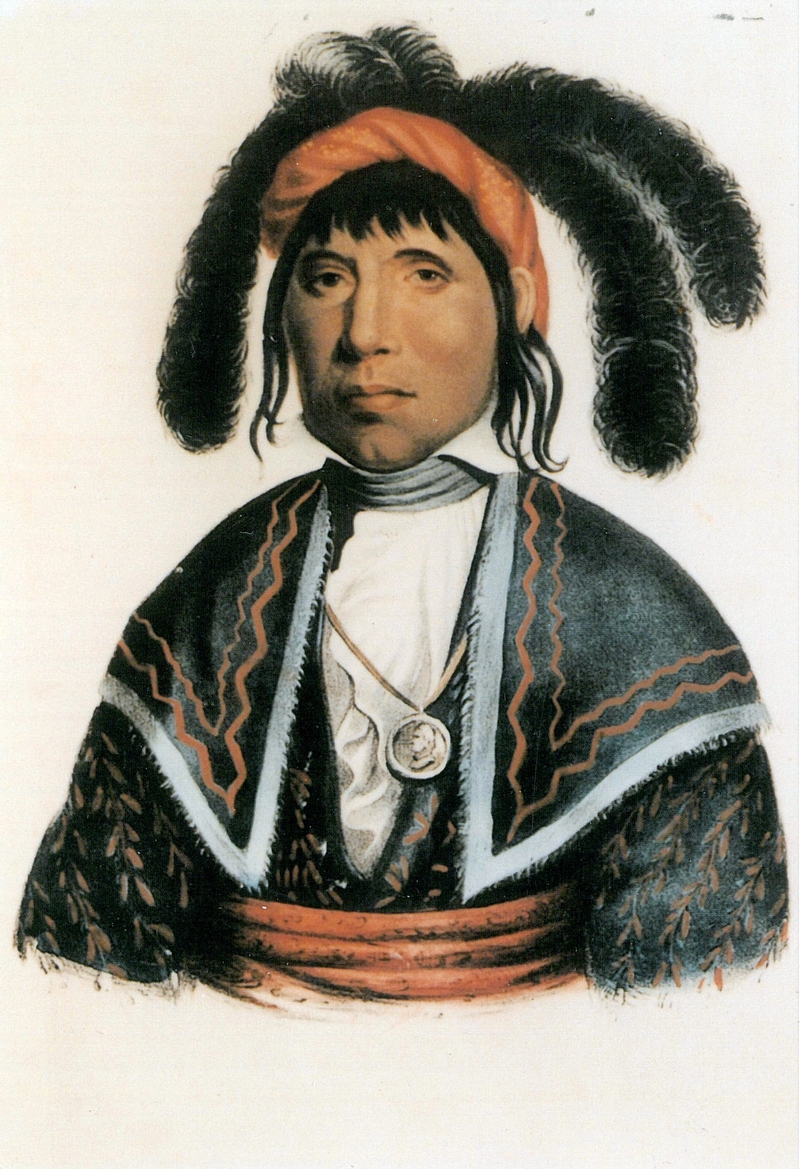
Native Americans and Early Settlers
The name Alachua comes from the area’s first settlers, the Timucuan Indians. Sinkholes, such as the Great Sink in the Alachua Savannah (now Paynes Prairie Preserve State Park), were called “chua” and mapmakers eventually began naming the area “Allachua” or “Lachua.”
After Spanish explorer Hernando de Soto’s year of destruction and plunder in 1539, Catholic priests and Franciscan missionaries from St. Augustine traveled to the interior with the hopes of converting the Native Americans to Christianity. B y 1655, missions included a large cattle ranch, Rancho de la Chua, on the northern edge of the Alachua Savannah.
The area changed hands among the Spanish, French and English over the next 281 years until Spain ceded Florida to the United States in 1821. Alachua County, created in 1824, stretched from the Georgia border to the Gulf of Mexico as far south as Port Charlotte. Early settlers established towns such as Hogtown, Micanopy, Newnansville and Gainesville. The 1850s saw the arrival of now wellknown settler families such as the Baileys, Hailes, Chesnuts, Thomases and Mathesons.
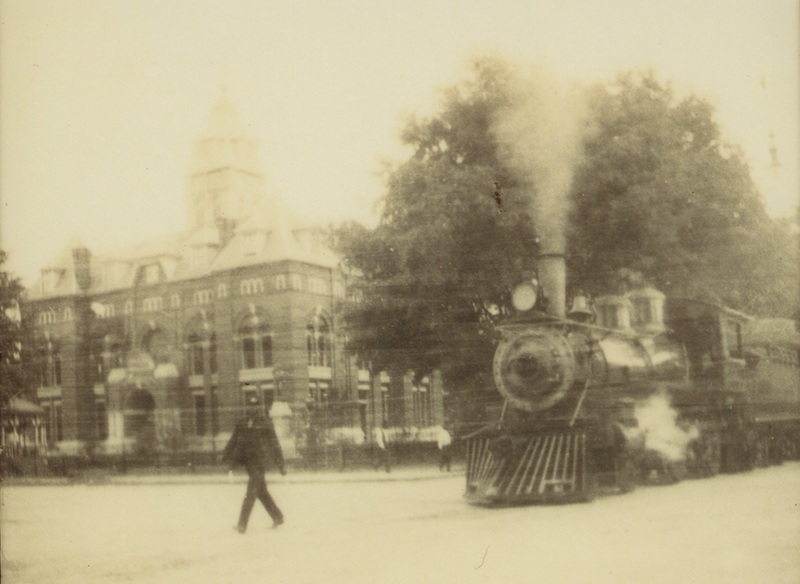
Railroads
Chartered in 1853, David Yulee’s Florida Railway proposed to connect Fernandina with Cedar Key and Tampa – which eventually occurred. The proposed route bypassed the county seat, Newnansville, so the county commission moved the county seat to the newly named Gainesville.
The first railroad arrived in Gainesville in 1859, and Downtown Gainesville became a center of agriculture and industry. Trains traveled down the center of Main Street until 1948 when the tracks were shifted west to NW 6th Street. Railroads led to the founding of the towns of Waldo, Archer, Hawthorne, Melrose, Campville and Rochelle.
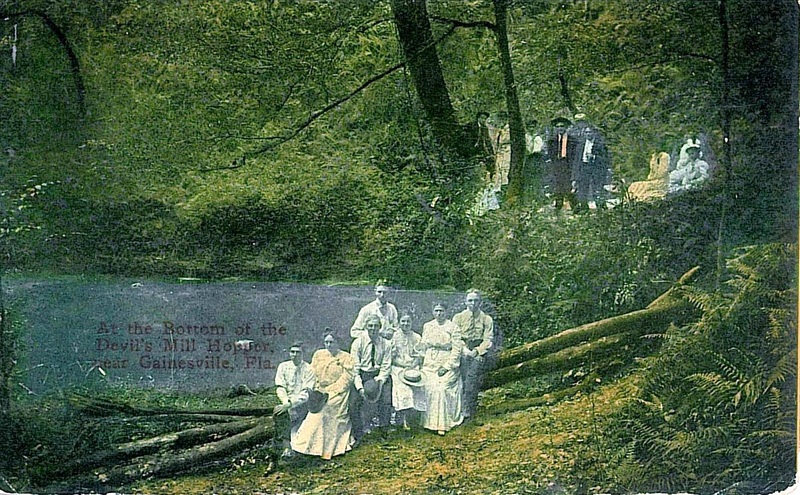
Natural Spaces
In addition to bringing trade and industry, the railroads brought tourists. The two biggest draws were Devil’s Millhopper and Alachua Sink at Paynes Prairie. In the 1880s, tourists came to Alachua Sink to enjoy hiking and paddleboat rides that showed off natural scenes and wildlife. Tourists also enjoyed traveling across Alachua Sink, Lake Santa Fe, and Lake Alto on steamers. In 1891, the natural drain under Alachua Sink became unplugged and the lake disappeared.
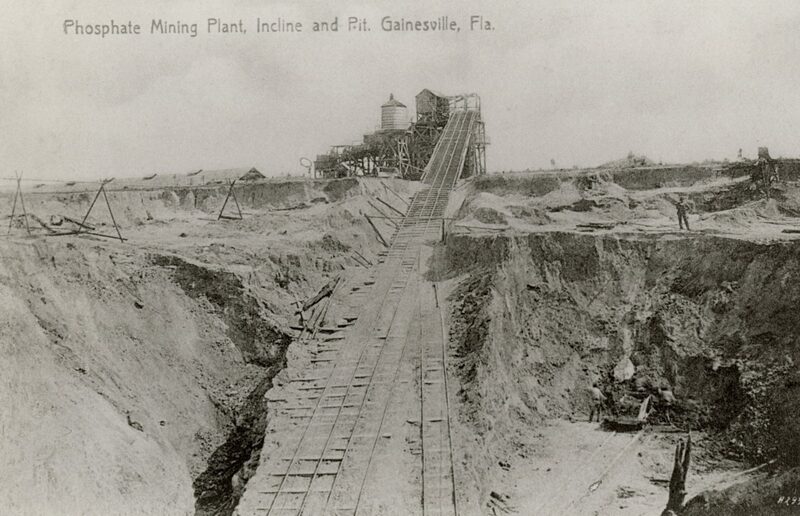
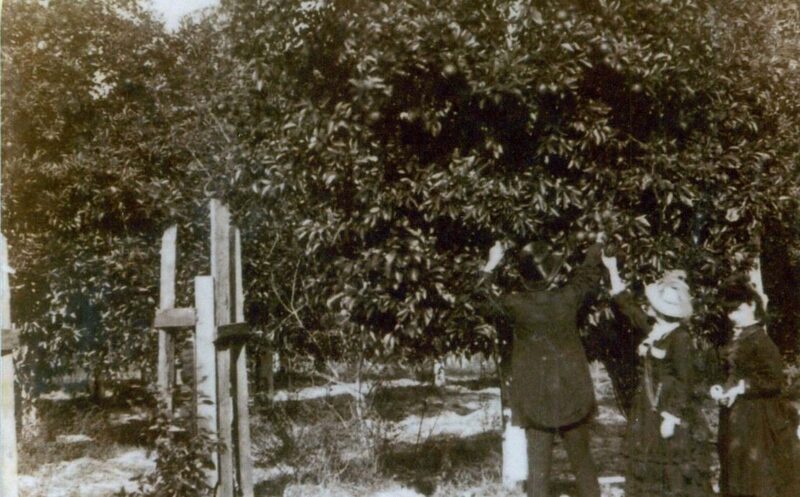
Agriculture and Industry
Crops grown here have included corn, beans, tobacco, Sea Island cotton, celery, watermelon, and citrus. Vast orange groves were planted in the 1880s. By 1894, six million barrels of fruit were shipped to market. Big freezes in the winter of 1894-1895 and 1899 decimated the industry and the groves moved farther south. The citrus industry was replaced by the phosphate mining industry. During the 1890s, Gainesville’s Dutton Phosphate Co. shipped over half the state’s phosphate. From the 1930s to the 1950s, the tung oil industry took off. During World War II, 90 percent of all the tung oil shipped in the U.S. came from Alachua and Bradford counties.
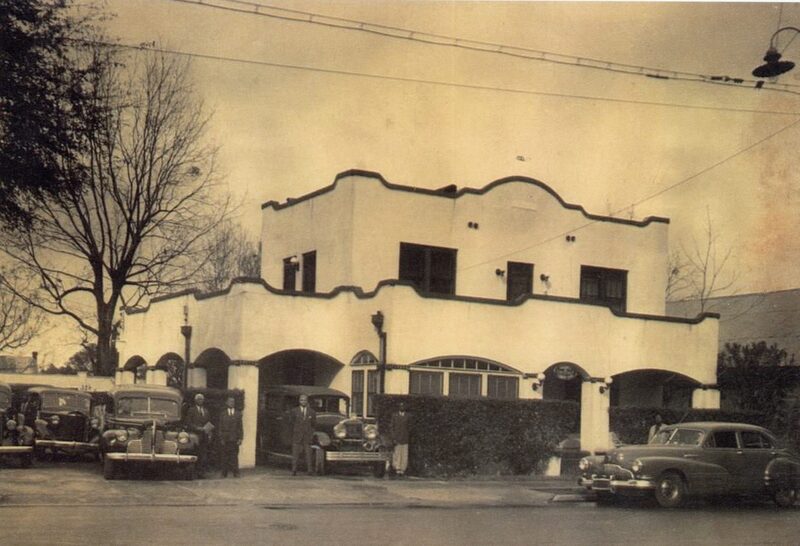
A Diverse Community
Prior to the Civil War, a large population of enslaved workers lived and worked on the area plantations. After the Civil War, the African American population nearly tripled and outnumbered the white population. African American businesses and communities thrived, centered mainly around the Pleasant Street and Porter’s Quarters neighborhoods in Gainesville. Florida’s first black congressman, Josiah T. Walls, who lived in Alachua County, served from 1870-1876. The state’s election laws of 1889 almost completely disenfranchised black voters and “Jim Crow” laws were enacted.
In 1914, Chestnut Funeral Home, one of the county’s oldest businesses, was founded. Gainesville was on the Chitlin’ Circuit, a collection of venues featuring African American performers. Gainesville stops included Sarah’s Restaurant and the Cotton Club.
Alachua County was home to Jewish citizens as early as the 1820s with Moses Elias Levy’s Jewish settlement near Micanopy. After the Civil War, Jewish settlers began moving to Alachua County in greater numbers, including Moses Endel, who opened a dry goods store on the courthouse square in Gainesville. In 1872 a Jewish cemetery was established at the corner of University Avenue and Waldo Road. Today it is maintained by the B’nai Israel Congregation.
The University of Florida worked to encourage and support these communities with the establishment of the first Hillel in Florida in 1937, the creation of the Institute of Black Culture in 1971, and the dedication of the Institute of Hispanic-Latino Cultures in 1994.
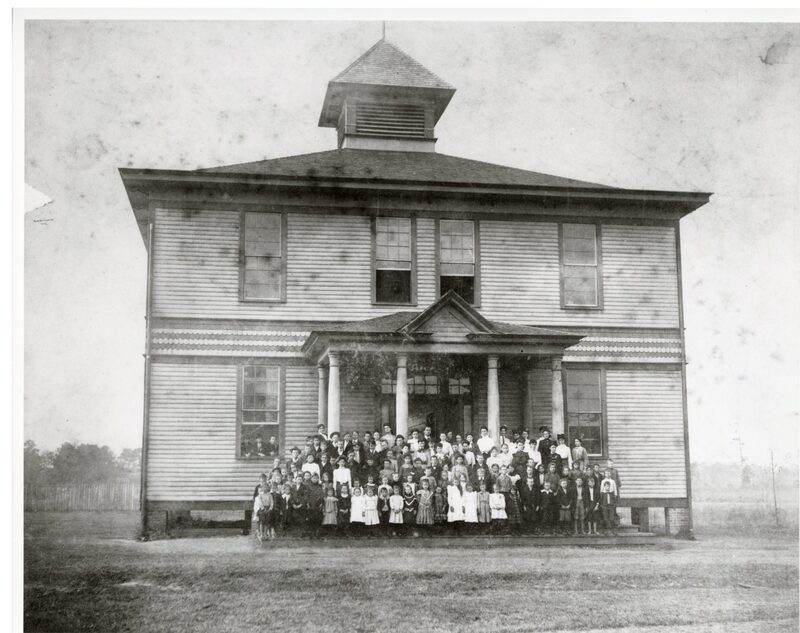
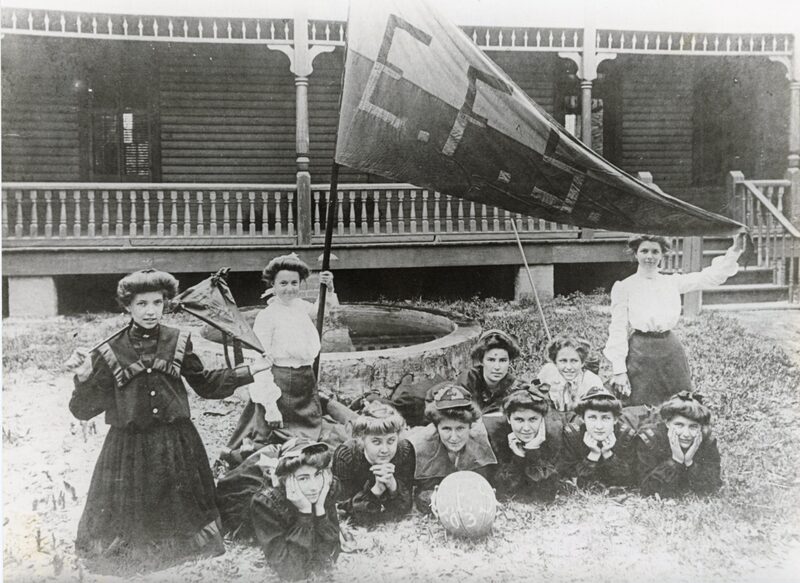
Education
The Gainesville Academy, a private school founded in 1858 by James Henry Roper, served both male and female students. After becoming a state senator, Roper offered the buildings and land to the state if the East Florida Seminary, founded in Ocala in 1852, would move to Gainesville. In 1877, the East Florida Seminary moved and was open to white students.
In 1866, the Freedmen’s Bureau established Union Academy in Gainesville to serve the African American community. It became the premier school for African American students in the county and eventually included a normal school to train teachers. Its last principal was A. Quinn Jones. After Union Academy closed in 1923, Jones became the principal of its replacement, Lincoln High School, which closed with desegregation in 1970.
Margaret Tebeau opened her Boarding and Day School in 1873 in downtown Gainesville. It only allowed female boarders but both boys and girls were enrolled in the day school. The Protestant Episcopal Church Diocese of Florida named it the official diocesan school for girls in 1908 but it closed in 1936.
After much lobbying by local leaders, including the promise of free water from Boulware Springs, the state legislature in 1905 chose the city as the location for the new consolidated men’s university to be known as the University of Florida.
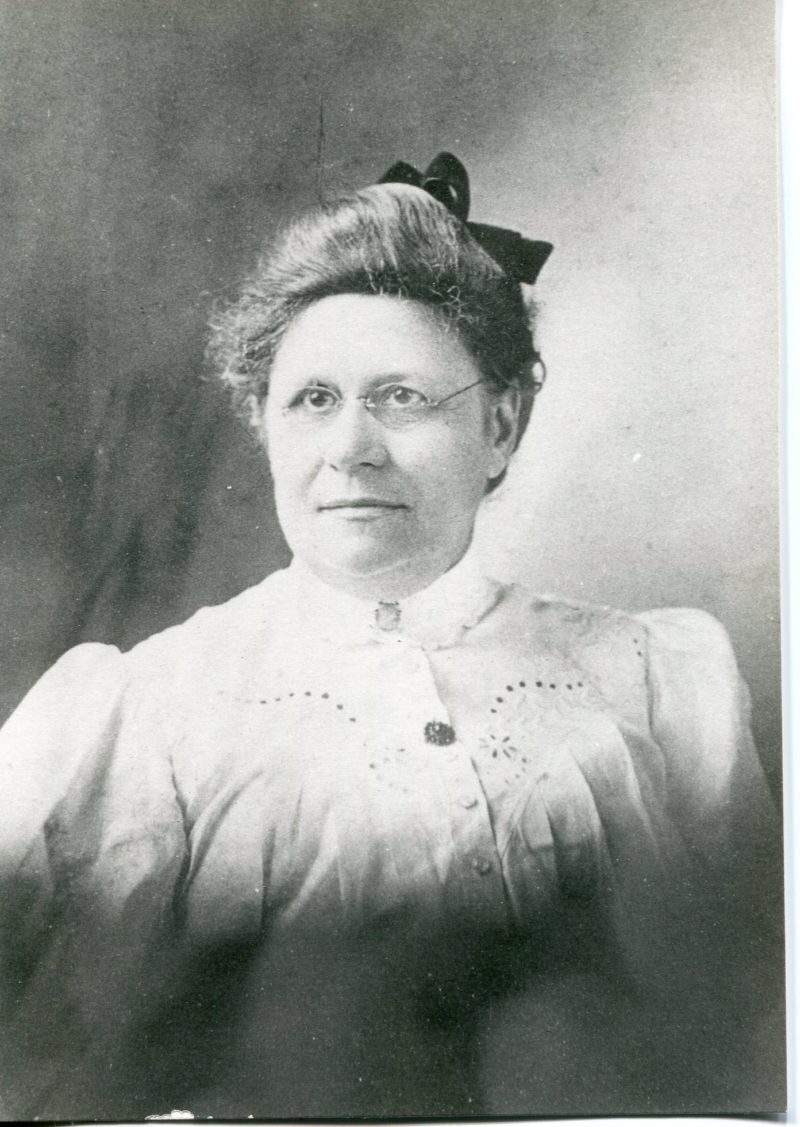

Medicine
Since the mid-1800s, Greater Gainesville’s warm climate and the area’s natural springs attracted people suffering from various ailments. Dr. Robert Robb and his wife, Dr. Sarah Robb, moved to Gainesville in 1882 to give Robert a chance to recover from tuberculosis. He helped establish the Odd Fellows Home & Sanitarium (which treated tuberculosis), and Sarah became the county’s first female doctor – known for making house calls in her horse and buggy.
In 1928, the county’s first major public hospital, Alachua General Hospital, was opened. It served patients until it merged with Shands Healthcare in 1996 and eventually closed in 2009.
The University of Florida’s medical school opened in 1956, and Shands Hospital opened in 1958. North Florida Regional Medical Center opened in 1973.
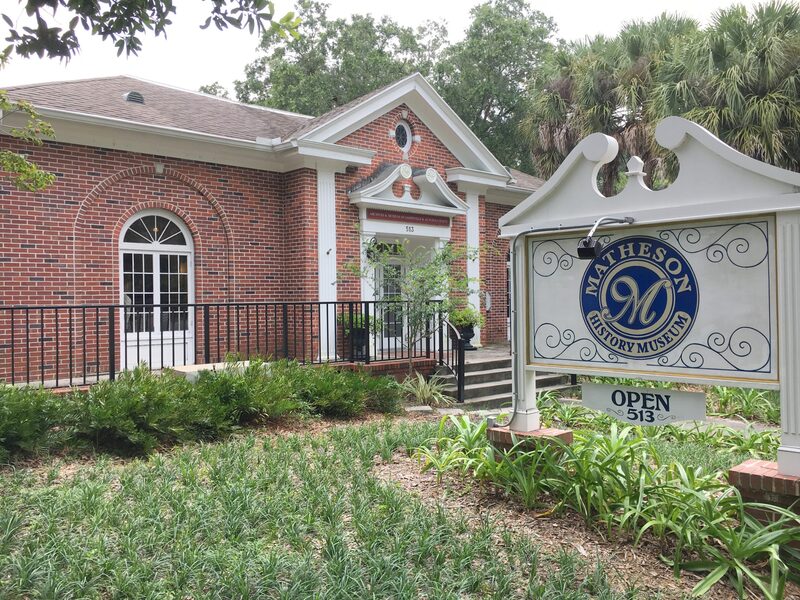
The Matheson History Museum
The museum is home to four historic buildings and offers original exhibitions and programs on a variety of topics in local and Florida history. The museum is free and open to the public (donations are encouraged) Tuesday through Saturday 11am-4pm
513 E University Ave, Gainesville, Fl 32601
352.378.2280 mathesonmuseum.org

